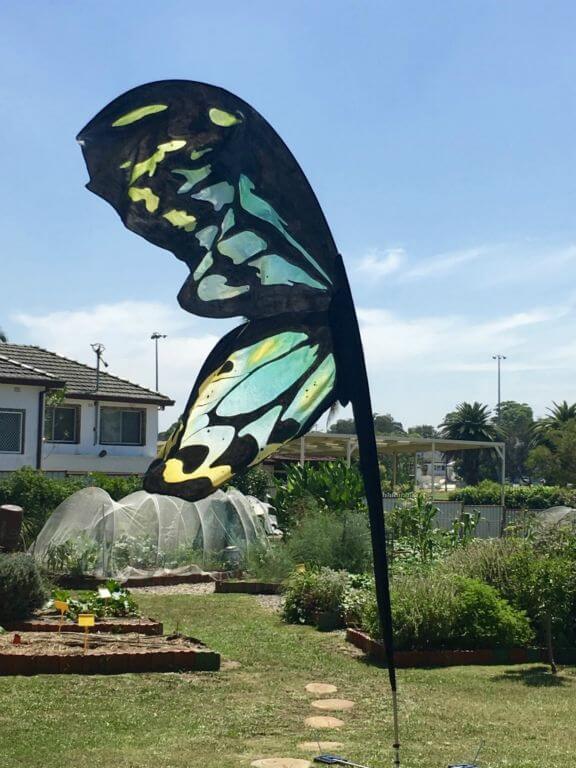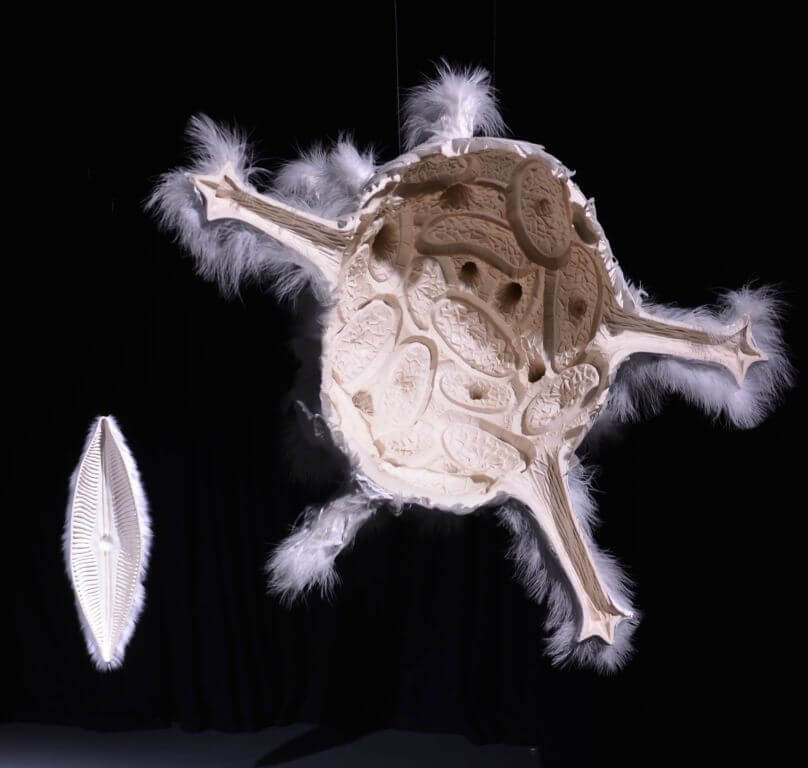Brunswick Sculpture Walk, Brunswick Heads, NSW, 2018
I created this sculpture of the Richmond Birdwing Butterfly to bring attention to the interconnected relationships between humans and all living insects, birds and animals. Just by being unaware of these relationships, we can cause the endangerment or extinction of species.



The largest subtropical Australian butterfly, the Richmond Birdwing was once abundant from Maryborough in southern Queensland to Grafton in northern NSW. The caterpillars (larvae) only feed naturally on two species of vines – the lowland Richmond birdwing vine and the mountain aristolochia.



The South American vine, Dutchman’s pipe is easily mistaken by the butterfly for the birdwing vine, yet its leaves are toxic to its larvae. Sadly, the cultivation of this vine has contributed to the endangerment of the butterfly. Additional threats to this species include habitat losses from forestry, farming, residential clearing, burning and mining.
Just by being aware of these relationships, we can take action to save many species from extinction.



